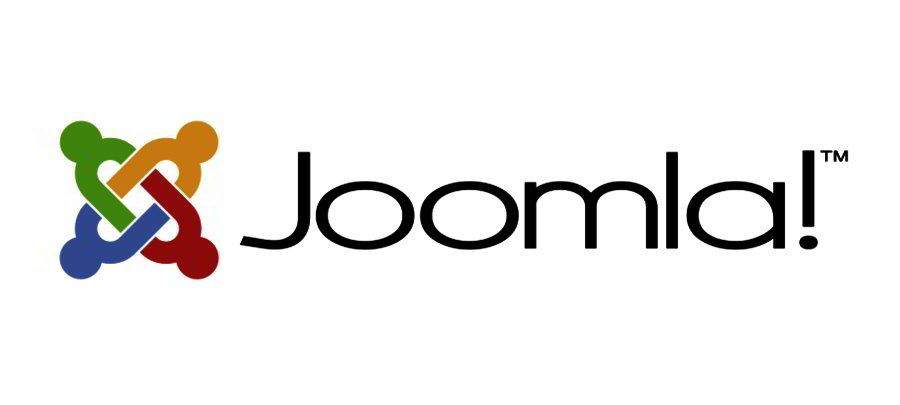5 Tips on Working with Joomla Based Websites in 2017
Open source PHP-written Joomla is one of the most popular website building and content management systems at present. It has been downloaded more than 78 million times and has over 7,800 extensions listed under the official Joomla Extension Directory. In 2016, it was hailed as the Best Free CMS at the CMS Critic People’s Choice Awards.

These don’t mean, though, that you are getting a foolproof website building and CSM solution if you choose Joomla. There are things you have to know and do to make the most of it. The following are some of the most important ones you have to be acquainted with.
1. Always Choose a Good Webhost
Performance will be optimal when the site is hosted on a Joomla-specific service that exceeds the minimum requirements. Don’t just randomly pick your choice. Even if you have a highly optimized website, if you have a bad webhost, problems will emerge. Go over reviews and forums for ideas on which ones to consider. Always ascertain that you are choosing a webhost that delivers great speeds, ensures compatibility and scalability, guarantees the best uptimes, and offers the best prices. If you don’t want to dwell so much into technical matters, look for a webhost that provides a convenient installer that does most of what needs to be done automatically.
2. Enable Joomla Cache
Setting up cache is intended to serve pre-generated content to your site visitors. This leads to faster page loading times and greater responsiveness as the site no longer has to search for the information requested by a visitor every time a page is being requested or every time a link is clicked.
To enable Joomla cache, you have to enable the cache setting in Global Configuration (System→Global Configuration) first and proceed to enabling the Joomla system cache plugin. As you enable cache setting under Global Configuration, you will be presented with two options: Conservative or Progressive caching. Most of the time, the suggested option is Conservative, as this generates caches for content for each unique visitor (as opposed to generating the same cached content for all visitors in Progressive caching).
3. Keep your Site Clean and Small, and Use Compression (Gzip Compression).
A clean website is a site that does not use excessive extensions. Although using them can be very tempting, as much as possible avoid using a lot of extensions such as social media scripts, large image sliders, and scripts for Google Analytics and Google Webfonts. Additionally, make sure that the images and other media content you use on your site are well optimized and are only added when necessary. Avoid adding sound effects, animations, and large images unless they are really necessary.
Also, use the Joomla feature called G-zip, which compresses your website before it is transmitted to visitors. Doing this decreases the web page size, which leads to faster page loading times. To enable G-zip, you have to go to System→Global Configuration→Server→Server Settings and click Yes on the Gzip Page Compression option.
4. Use an Optimized Template and Optimize CSS and JavaScript Elements.
If you intend to use pre-made templates, be sure that they are optimized. There are many website optimization testing tools you can use to help you assess templates. You can try Google’s PageSpeed Tools or search for other website analyzers. These usually provide insights on what improvements can be made after testing the responsiveness and page loading time of your site.
Additionally, you have to optimize the CSS and JavaScript you use on your site. Doing this manually will take a lot of time so just use frameworks that come with CSS and JavaScript optimization features. CSS and JavaScript optimization is necessary also because it helps improve the loading time and responsiveness of a Joomla website.
5. Optimize for Mobile Users
Nowadays, it’s never enough optimizing your site just for desktop users. You also need to bear in mind the concerns of mobile internet users. The number of mobile internet users has already surpassed the number of traditional or desktop (and laptop) users. It only makes sense making sure that your Joomla website looks great on the smaller screens of mobile devices.
Use a responsive web design instead of creating different mobile and desktop versions. A responsive design provides the advantage of not having to maintain two versions of your website since a responsive design automatically adjusts (the layout and amount of content shown) depending on the screen size of the device used to access the site. This means less work on site maintenance.
***
Consider doing the different tips as you build your new Joomla website or blog. They no longer include SEO tips since such tips are already deemed a necessity for any kind of website–Joomla or something else. The techniques employed are mostly the same for any kind of website. You just need to make sure that you use search-friendly URLs, have a good sitemap, optimize page titles and descriptions, use tags for images, and take advantage of Joomla SEO plugins or extensions.
